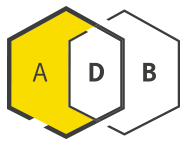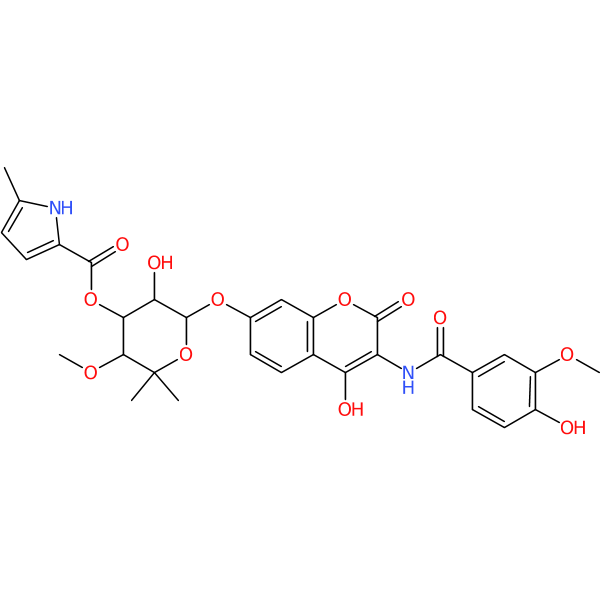Compound ID | 1835
Declovanillobiocin
Class: Aminocoumarin
| Spectrum of activity: | Gram-positive |
| Details of activity: | Inhibits bacterial DNA gyrase via binding to the ATP-binding site of the GyrB subunit of the enzyme. Less active than clorobiocin |
| Propensity to select resistant mutants: | Yes |
| Description: | Streptomyces natural product; clorobiocin analog |
| Year first mentioned: | 2004 |
| Development status: | Experimental |
| Chemical structure(s): | |||||||||||
|
|
| External links: | |
| PubChem link: | https://pubchem.ncbi.nlm.nih.gov/compound/76173558 |
| Guide to Pharmacology: | declovanillobiocin |
| Citation: | https://www.jstage.jst.go.jp/article/antibiotics1968/57/3/57_3_205/_article |


